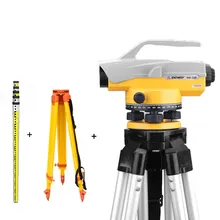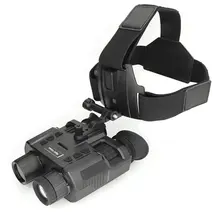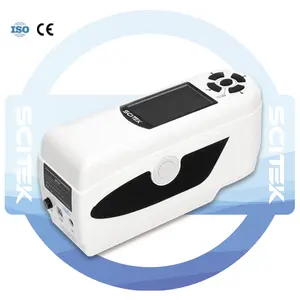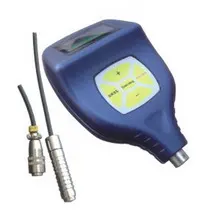Understanding the WSB Portable Whiteness Meter
The WSB portable whiteness meter is an essential instrument designed to measure the whiteness level of various materials. This device is crucial for industries where the whiteness of a product is a quality benchmark, such as in paper manufacturing, textile production, and flour milling. Its portability ensures that quality control can be conducted on-site, providing immediate and accurate readings.
Types and Applications
There are several types of whiteness meters, each tailored for specific applications. The portable whiteness meter is particularly useful for fieldwork, allowing users to take measurements in various locations without the need for a stationary lab setup. These devices are widely used in chemical analysis, material production, and quality control processes across different sectors.
Features and Materials
A portable whiteness meter is typically constructed with durable materials suitable for field and factory environments. The device features advanced optical components to accurately assess the brightness and whiteness of objects. Its user-friendly interface and digital display facilitate easy reading and interpretation of results, making it a valuable tool for non-specialist operators as well.
Advantages of Using a Whiteness Meter
Utilizing a whiteness measurement tool offers numerous advantages. It provides a standardized method for assessing whiteness, ensuring consistency in product quality. The portability aspect allows for flexibility in testing locations, which is particularly advantageous for quality assurance in large-scale industrial settings. Moreover, the precision of a digital whiteness meter helps in maintaining product standards and meeting customer expectations.
Selection Criteria for a Whiteness Meter
When selecting a whiteness testing instrument, it is important to consider the device's accuracy, ease of use, and compatibility with the materials to be tested. Buyers should also evaluate the device's calibration capabilities and the availability of supportive documentation to ensure reliable measurements.
Integrating Whiteness Meters into Quality Control
Incorporating a whiteness meter for quality control into production processes can significantly enhance product quality oversight. It allows for immediate corrective actions if the whiteness levels deviate from set standards, thereby reducing waste and improving overall efficiency.































 浙公网安备 33010002000092号
浙公网安备 33010002000092号 浙B2-20120091-4
浙B2-20120091-4